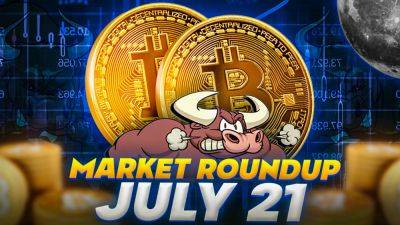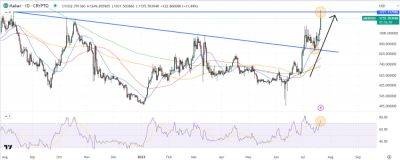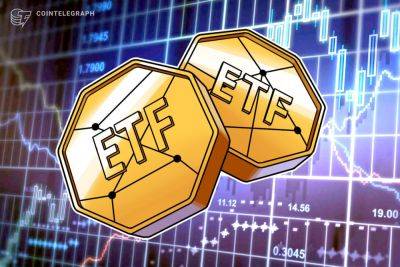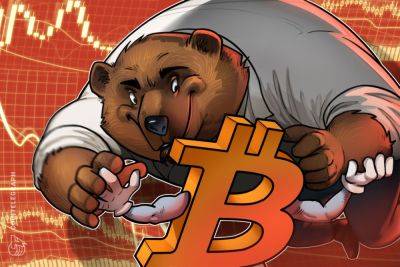Demand is driving the price of Bitcoin to $130K
In any market, whether it is fruit and vegetables or financial assets, prices are determined by the intersection of supply and demand.
If tomatoes are scarce due to a flood, with the same demand, the price in the supermarket will inevitably be higher — just as it will be higher if, with the same supply, twice as many people want to buy tomatoes.
In the financial market, if supply is unlimited, the price is not changed by demand, as in the case, for example, of a mutual fund.
Related: Don’t be naive — BlackRock’s ETF won’t be bullish for Bitcoin
If more subscribers want to buy this fund, more shares are simply issued at something called net asset value (NAV) — that is, the correct value of the fund’s assets.
For example, let’s suppose a fund has a capitalization of $100 million, made up of 10 million units at a value of $10. If an investor wants to invest $10 million, 1 million units are issued at a value of $10, and the capitalization of the fund becomes $110 million.
It would be a different story if the shares available were limited to 10 million, so anyone who wanted to buy the shares would have to find someone willing to sell them. In that case, the price might no longer be $10, but it would depend on how much the buyer was willing to pay and how much the seller wanted to earn. It would create a situation in which the price fluctuated according to uneven supply and demand. If an asset was in high demand, obviously, the price could go much higher than the correct price.
But how can you estimate the correct price?
In 2021, I published data that attempted to estimate the fair value price of Bitcoin, illustrated in the graph below. It suggested that in June of that year, we had reached a relative maximum for Bitcoin
Read more on cointelegraph.com





















